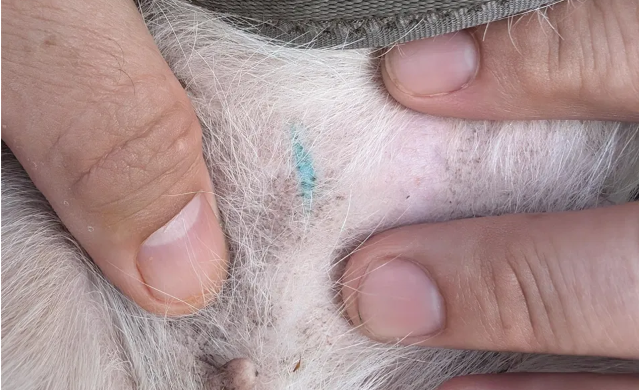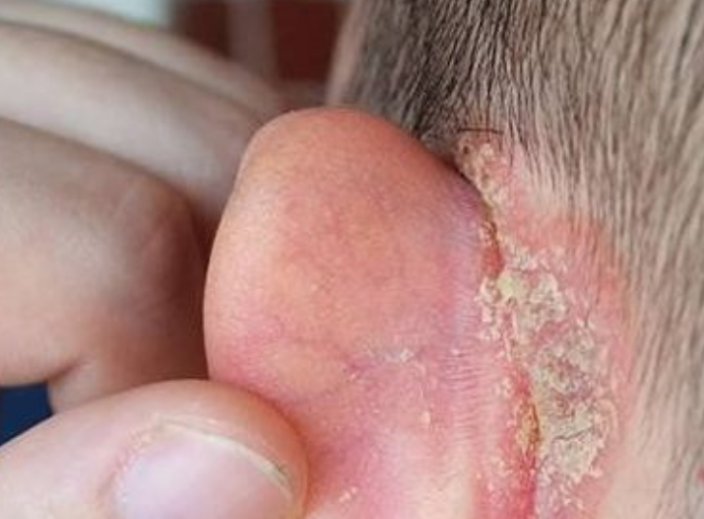Reuniting with Your Pet After a Trip
After a two-week work trip, you eagerly returned home to reunite with your cherished dog, who had been cared for at a 24/7 daycare facility. Upon giving her a warm welcome, you noticed something surprising—a blue tattoo on her stomach. This unexpected finding has left you curious and concerned about its origin and meaning. To address this thoughtfully, gathering information and exploring potential explanations is essential.
Understanding the Purpose of Pet Tattoos
Pet tattoos are more common than many realize and serve various purposes. Often used before microchipping became widespread, tattoos can mark a pet as spayed or neutered or provide a permanent form of identification. Learning about the typical uses of pet tattoos can shed light on why your dog might have one from her time at the daycare.
Exploring Services at 24/7 Pet Daycare Facilities
Round-the-clock daycare facilities offer comprehensive care, including boarding, grooming, and sometimes medical services. These centers aim to keep pets safe and comfortable while their owners are away. Reviewing the specific services provided by the facility where your dog stayed can offer clues about the tattoo’s appearance.
Decoding the Blue Tattoo’s Significance
The color and location of a tattoo can reveal its intent. Blue tattoos are commonly associated with veterinary procedures, such as indicating a pet has been spayed or neutered. However, it’s uncommon for a daycare to perform such procedures without owner approval. Exploring the tattoo’s meaning requires considering its color and the circumstances of its application.
Potential Reasons for Your Dog’s Tattoo
Several possibilities could explain the tattoo on your dog’s stomach. It might indicate a spay or neuter procedure, serve as an identification marker, or even result from an error. In some cases, tattoos are applied during veterinary care to avoid redundant surgeries. Understanding these scenarios can guide your approach to the situation.
Preparing to Contact the Daycare
Before reaching out to the facility, collect relevant details. Review your dog’s medical records for any mention of tattoos or procedures. Photograph the tattoo clearly to document its appearance. This preparation will enable a more productive discussion with the daycare staff.
Key Questions for the Daycare Facility
When speaking with the daycare, ask targeted questions to clarify the situation. Inquire about any treatments or procedures your dog received during her stay. Ask if the facility has a policy on tattoos and whether they have documentation of any such actions. Clear and open communication will help resolve the matter effectively.
Ethical and Legal Aspects of Pet Tattooing
Tattooing pets involves important ethical and legal considerations. Owners should always give informed consent for any permanent changes to their pets. If the tattoo was applied without your knowledge, it raises concerns about the facility’s practices and commitment to ethical standards.
Connecting with Other Pet Owners
You’re not alone in navigating unexpected pet care experiences. Sharing your story with other pet owners can offer support and reveal similar experiences. Online communities and local pet groups can provide valuable perspectives and advice.
Conclusion: Ensuring Your Pet’s Well-Being
Finding an unexpected tattoo on your dog can be disconcerting, but by gathering information and asking informed questions, you can make sound decisions about your pet’s care. Understanding the tattoo’s purpose and maintaining open communication with the daycare will help you address the situation effectively, ensuring your pet’s health and happiness moving forward.






